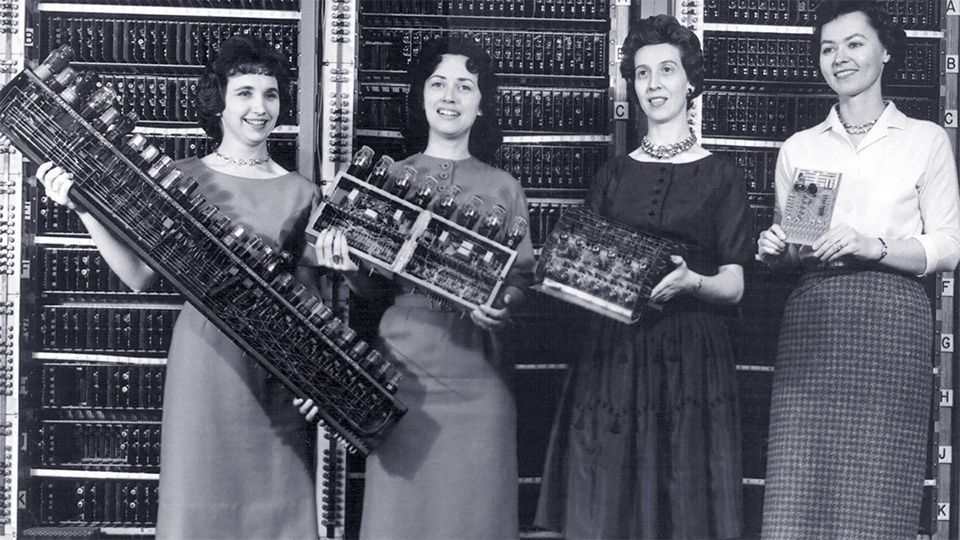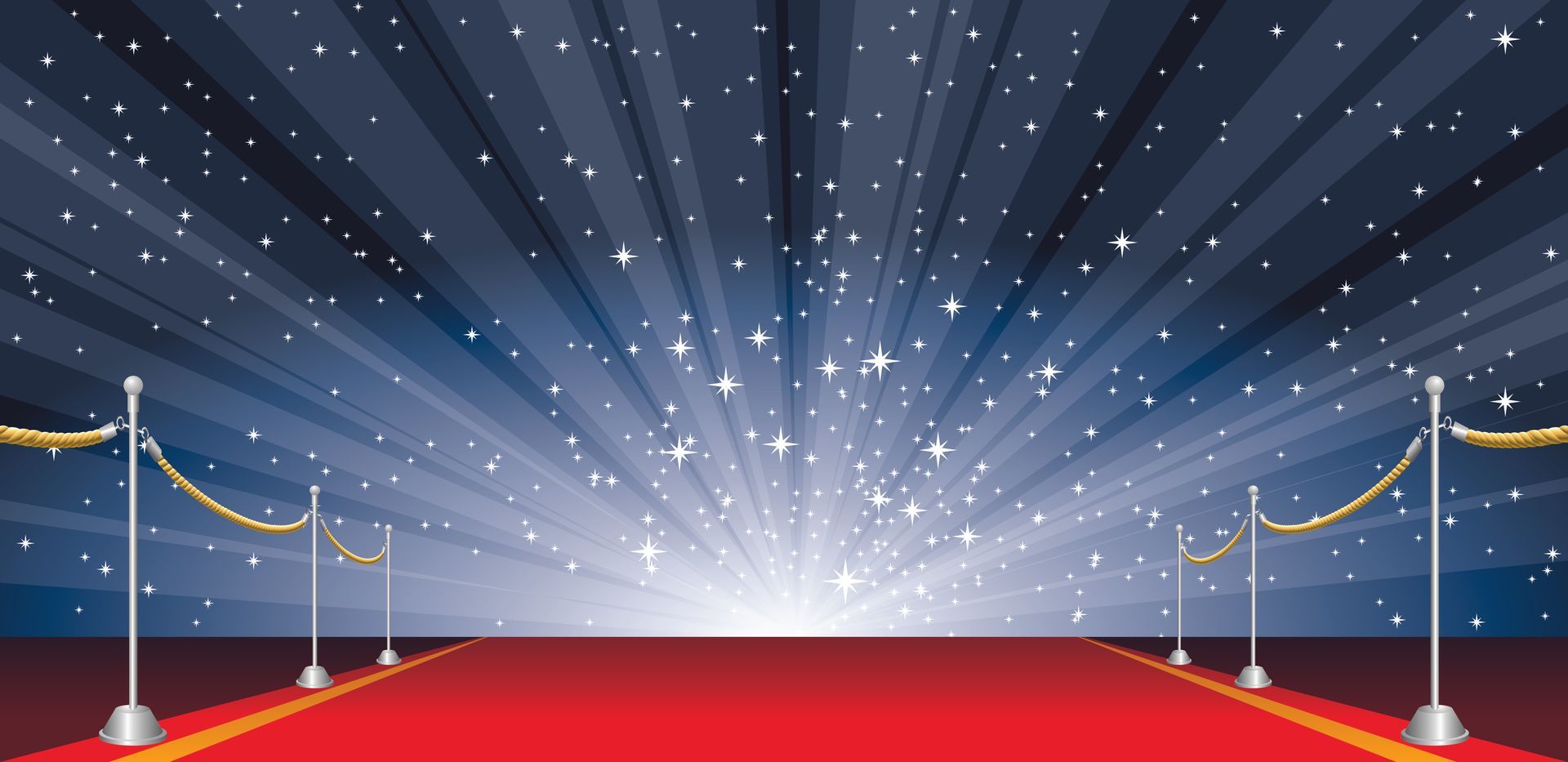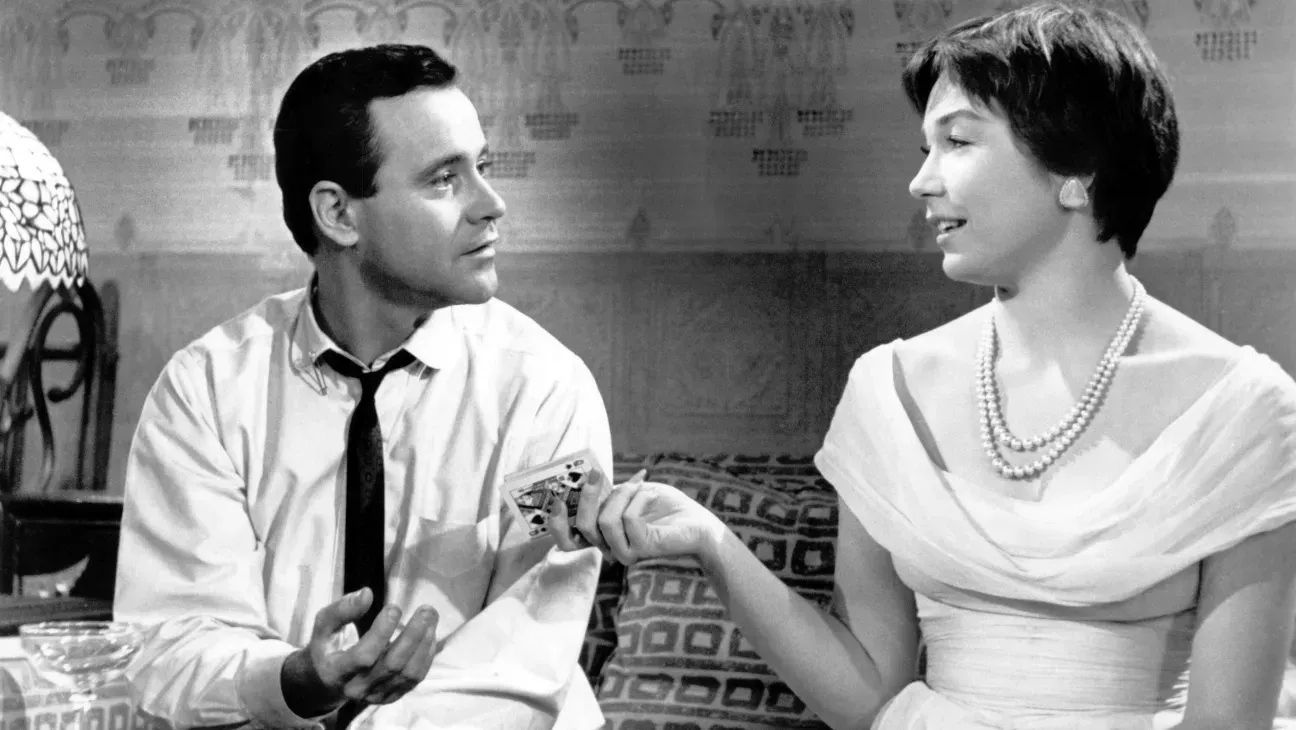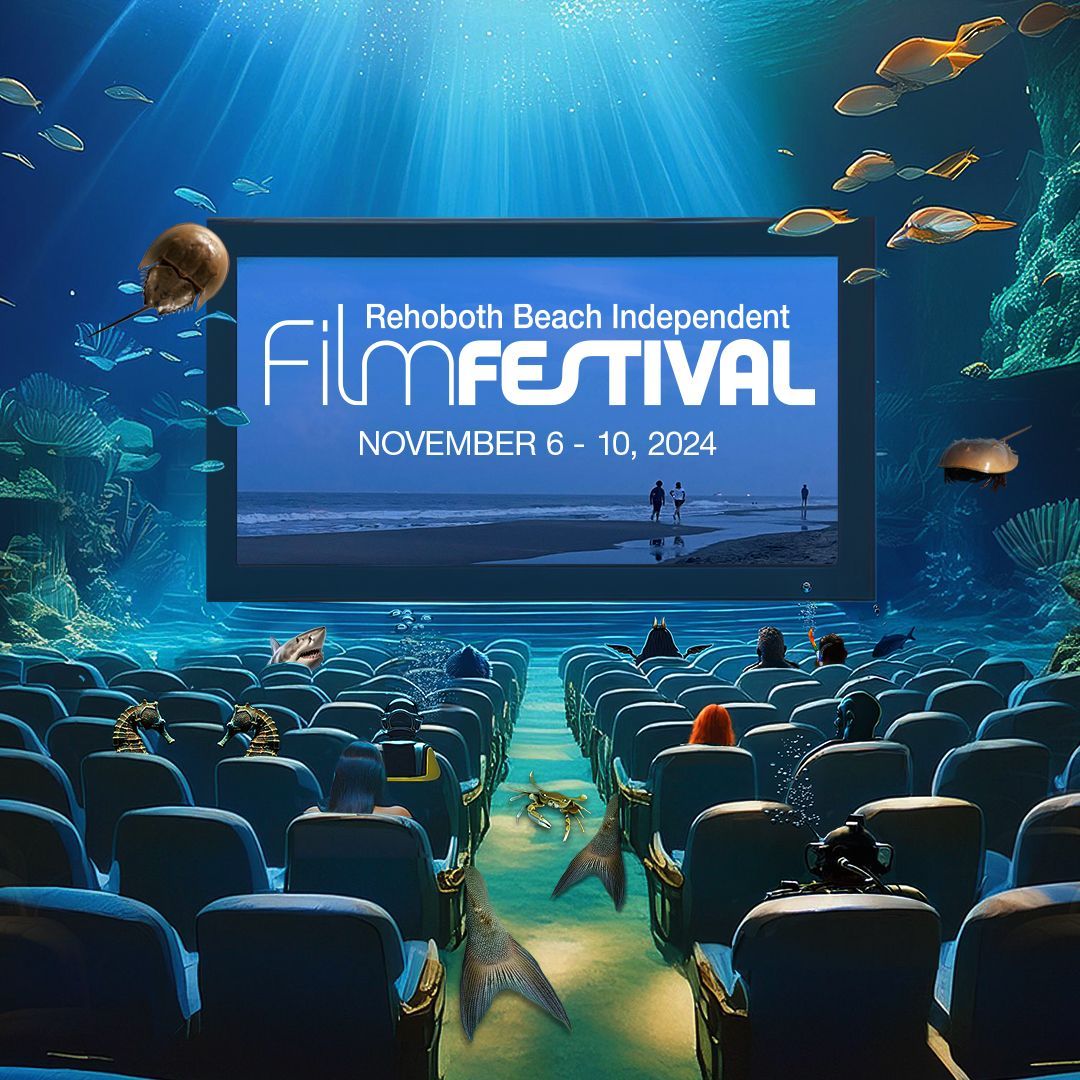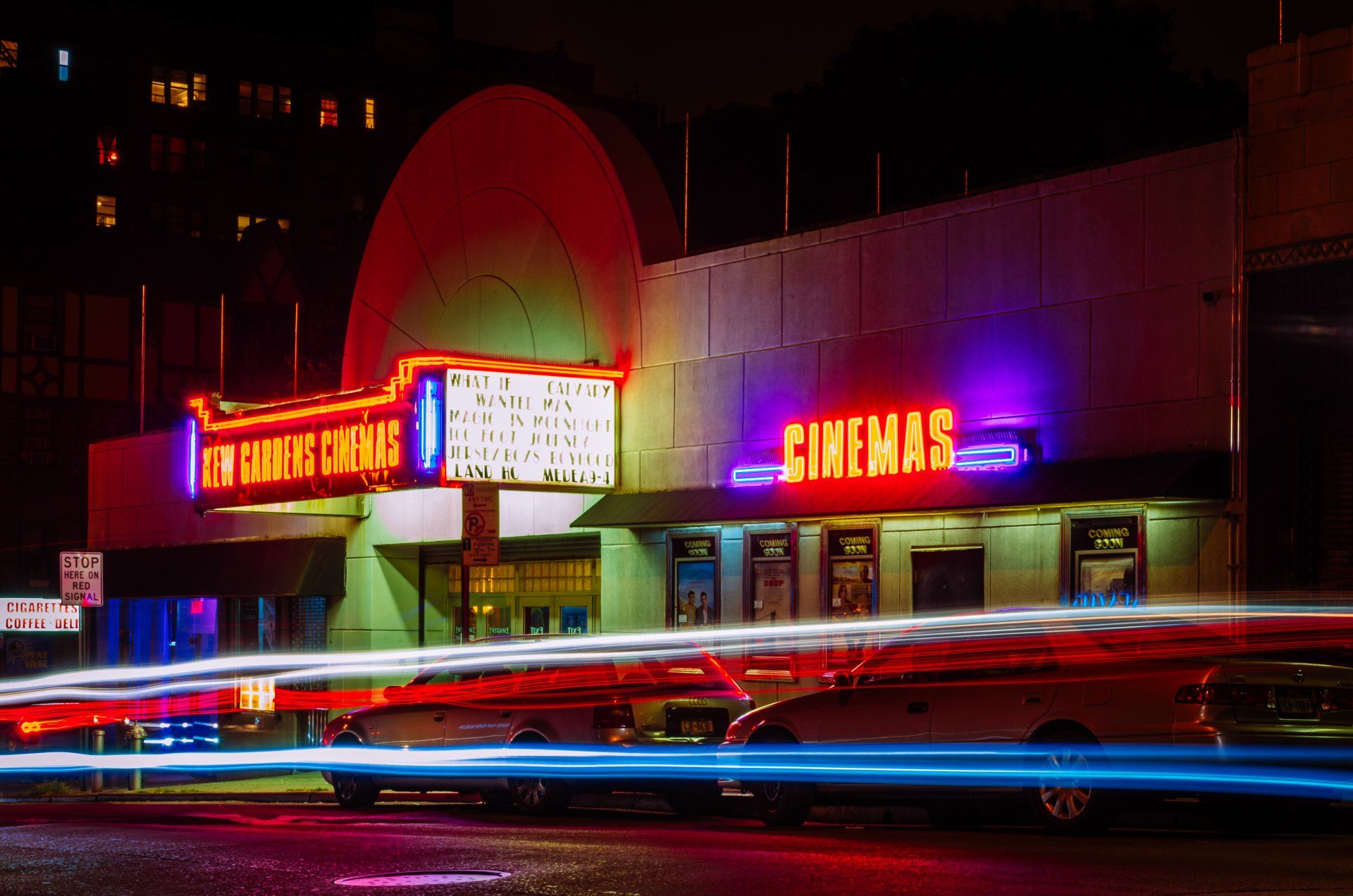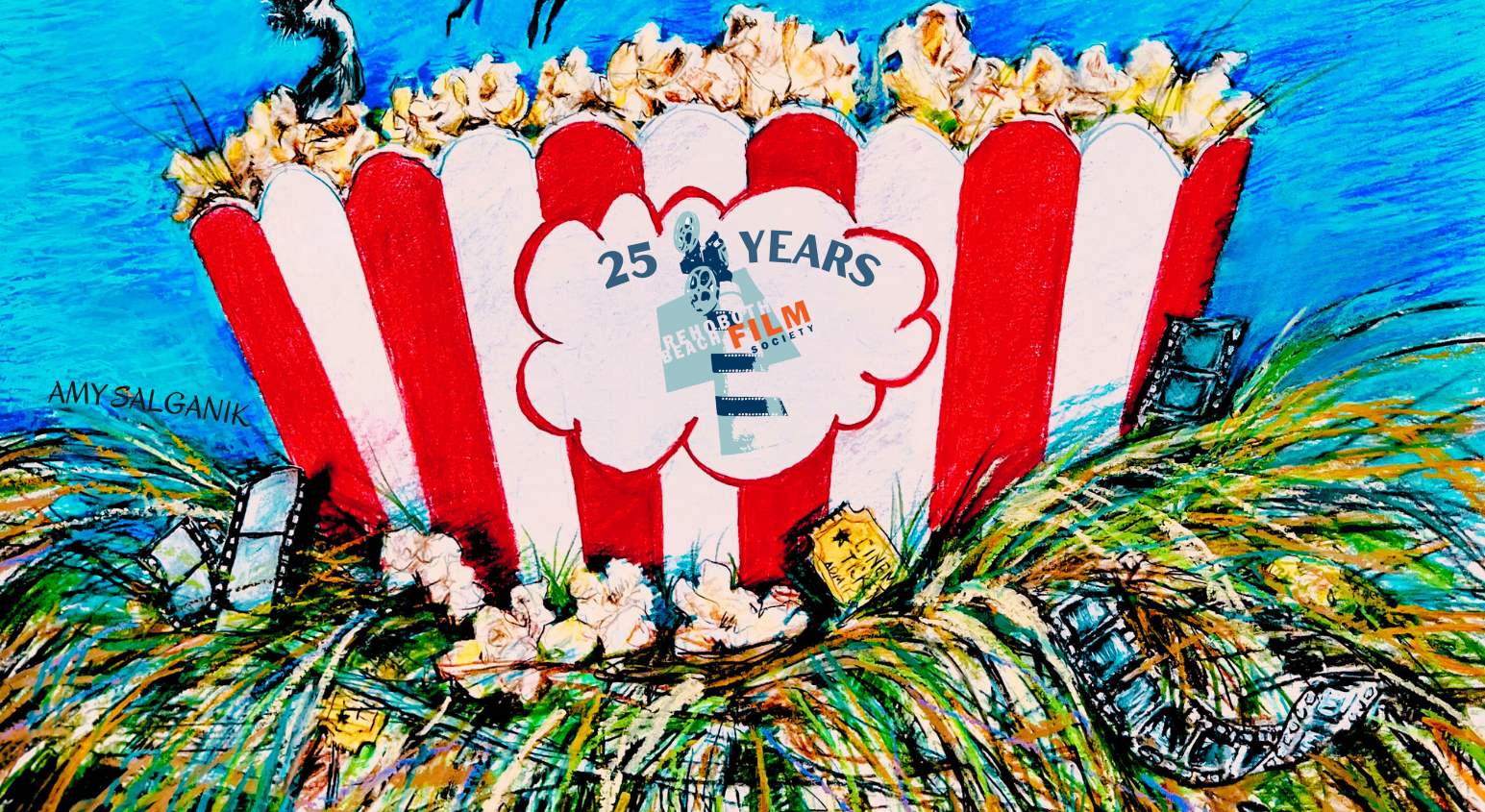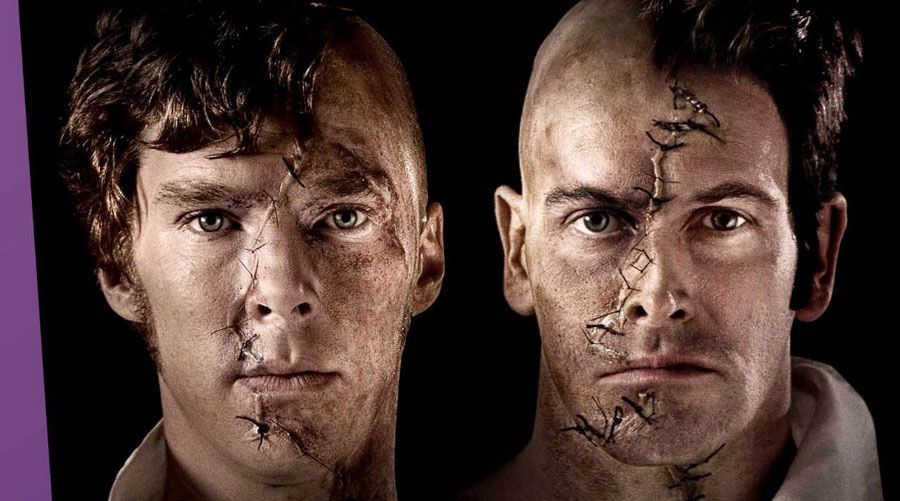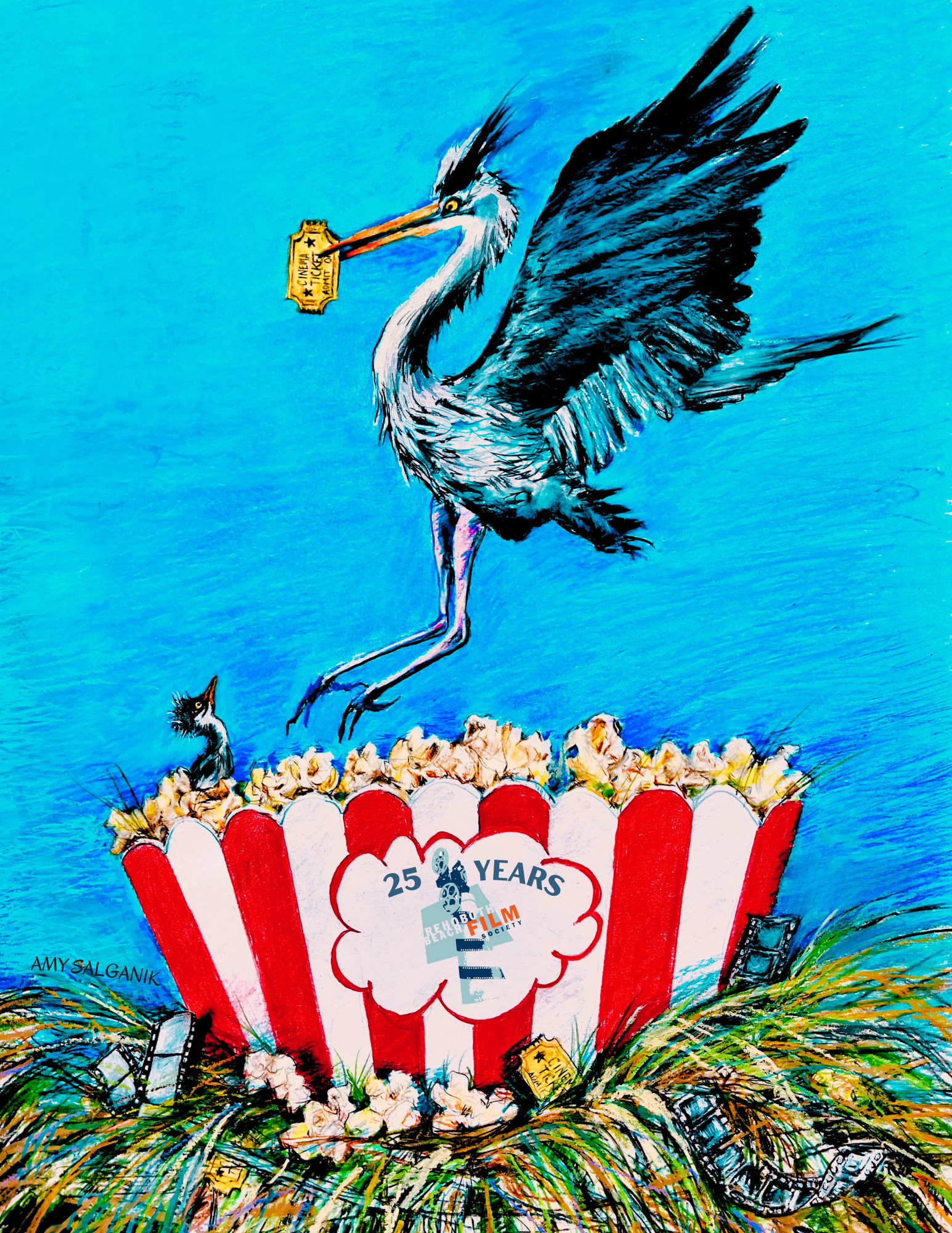Kim RBFS • May 25, 2023
Come enjoy this cult classic!
On June 8 at 9:30 PM at the Rehoboth Beach Film Society’s Cinema Arts Theater, as part of
our Pride Film Festival during the Pride Month of 2023, we will be playing the celebrated cult film
Rocky Horror Picture Show, a staple of LGBT+ Cinema inspired by classic films and an inspiration to
future art house cinema. An almost Frankensteinian patchwork of 1930’s film references- you see
what I did there- and a celebration of gender and sexuality, Rocky Horror combines a 1970’s glam
rock pastiche of masculinity with the cross-dressing tendencies of musical theater.
Newly affianced Brad Majors and Janet Weiss seek shelter from the rain in the castle of Dr.
Frank-N-Furter, who, with his staff, siblings Riff Raff and Magenta, and groupie Columbia, creates
Rocky, an undead yet fantastically handsome young man. Brad, Janet, Dr. Frank-N-Furter, and
Rocky all engage in bed swapping after Dr. Frank-N-Furter kills Eddie, a young man whose brain
was used to make Rocky’s; when Dr. Scott, who Brad and Janet were heading to meet, shows up
looking for Eddie, they discover that Dr. Frank-N-Furter is serving the rest of Eddie’s remains for
dinner. Riff Raff and Magenta, fed up with Dr. Frank-N-Furter, seek to return to Transylvania, and,
after killing him and ejecting the rest of the castle’s occupants, set off the castle into space.
That’s without even bringing in the musical numbers, which have little to nothing to do with
the plot and appear more out of nowhere as dedications to the zaniness of the characters and their
frequently oblique motivations.
I believe that the first time I saw Rocky Horror Picture Show I had to be about ten or eleven;
this is not an age where a great deal of the finer comedic details are caught by the mind. I think I was
also a little confused by the idea of a musical comedy in and of itself- my moms had shown me Yentl
the week beforehand, but I was also obsessed with Andrew Lloyd Webber’s musical Cats, neither of
which are known for being particularly gut-busting. Regardless, it’s not as if it doesn’t make an
impression: I was familiar with Tim Curry, as all good children are, and he’s strutting around in
fishnets at his best in this.
Tim Curry retained his role from the original London stage production, as did Richard O’Brien,
who wrote Rocky Horror as well as playing Riff Raff, Patricia Quinn as Magenta, and Little Nell as
Columbia. The stage version debuted in 1973; very shortly filming began in 1974, and the movie was
released in 1975 to the middling reception of critics, including Roger Ebert, who gave it two and a
half stars.
To be fair, the film comes across as if John Waters was allowed to remake Hammer films’
“Horror of Dracula” and “The Curse of Frankenstein” at the same time, but that’s part of the charm.
The Library of Congress agrees, as it was preserved in the United States National Film Registry in
2005 as “culturally, historically, or aesthetically significant.”
It was a Halloween viewing in 1976 that changed Rocky Horror into an interactive cult film
and what we joyously know today. People throw rice, toast, and all manner of vocal participation in
response to the characters is possible.
As described in the book Remaking the Frankenstein Myth on Film: Between Laughter and
Horror, Caroline J. Picart says, “The Rocky Horror audience does not simply sit back and spectate, but talks back and interacts with the material. Moving between ritualized response and spontaneous ad libbing,
this audience listens in and performs, breaking down the usual barrier that exists separating
the diegetic world of the actors, and the “real World” of the spectators. Among the more
ritualized acts include: throwing rice after the newlyweds leave the church; using newspapers
to shield the head from rain (as Janet does), and deploying squirt guns to simulate the
thunderstorm; using flashlights (or lighters) during the song “Over at the Frankenstein Place,”
when in unison with Dr. Frank during the creation speech; using noisemakers to join in the
celebration after the creation speech; throwing confetti to celebrate the newly animated
Rocky as he and Dr. Frank head for the master bedroom; hurling toilet paper, preferably of
the Scott name brand when Dr. Scott makeshis appearance; throwing (unbuttered) toast
when the toast is made to absent friends and wearing party hats using the dinner scene;
sounding a bell when Dr. Frank inquires “Did you hear a bell?”; throwing cards when Dr.
Frank sings the line “Cards for sorrow, cards for pain” during his final song “I’m going home.”
This insider-outsider performative position is particularly true of fans who not only dress up
like the characters they would like to be (and not simply impersonate), but who have become
professional performers, integrated into the fabric of Rocky Horror showings at various
theaters.”
There was a sequel, Shock Treatment, in 1981, which never caught on in quite the same
way- attributed, perhaps, to the recasting of every major character, though Jessica Harper gives an
admirable Jessica Weiss in place of Susan Sarandon; the 2015 remake by Fox sees a cameo by
Tim Curry, whose role of Dr. Frank-N-Furter has been taken up by Laverne Cox.
The original, however, remains firmly entrenched in the popular consciousness and has been
indubitably redeemed as one of the most fascinating and beloved cult films of all time. We hope that
you can come down and enjoy it with us as part of our interactive cinema programming.
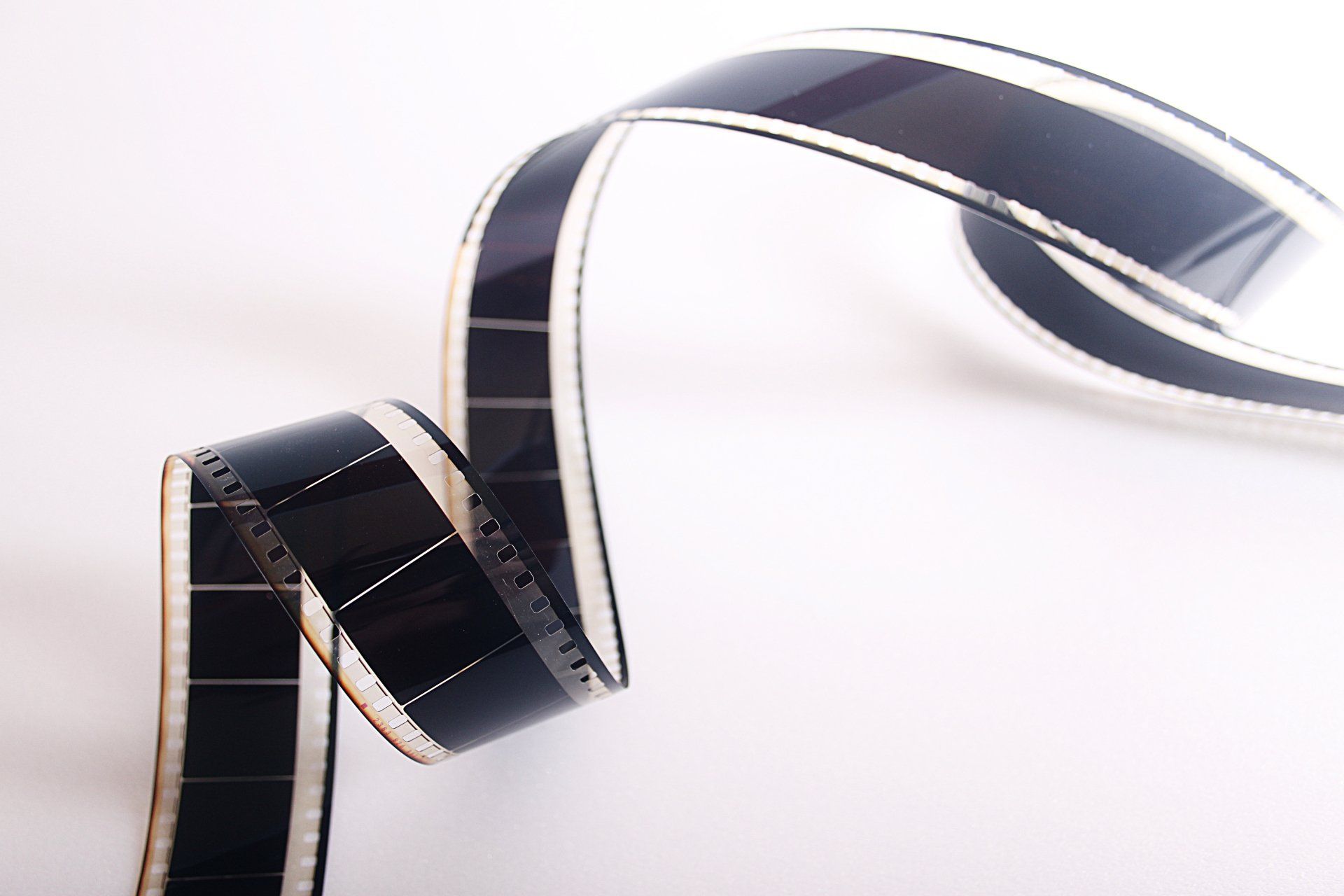
Celebrating Independent Visionaries at the 25th Anniversary Rehoboth Beach Independent Film Festival
